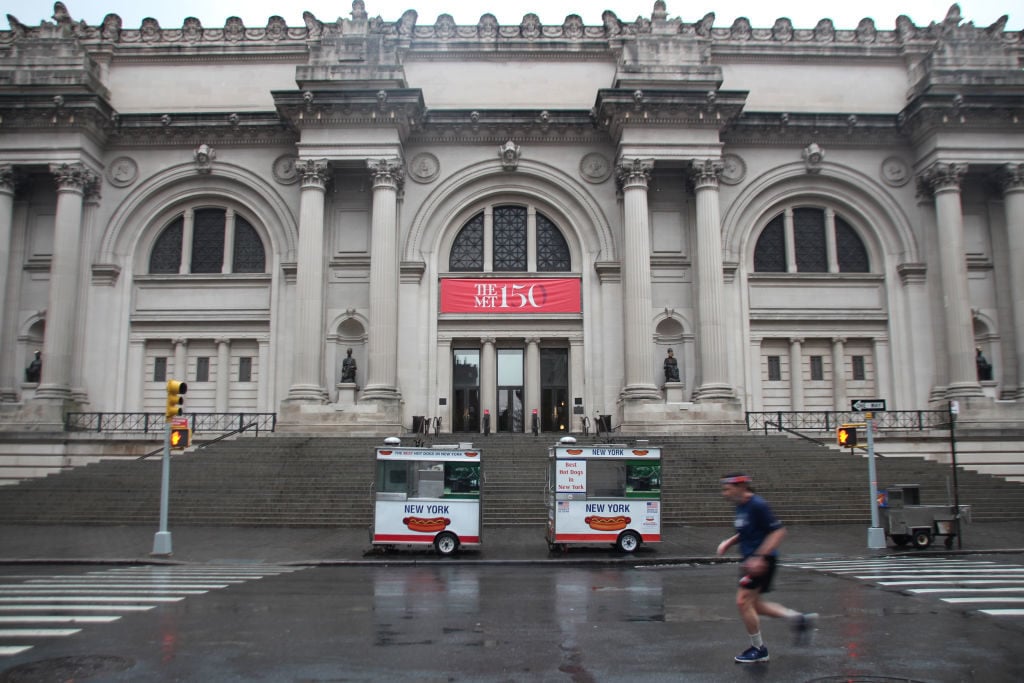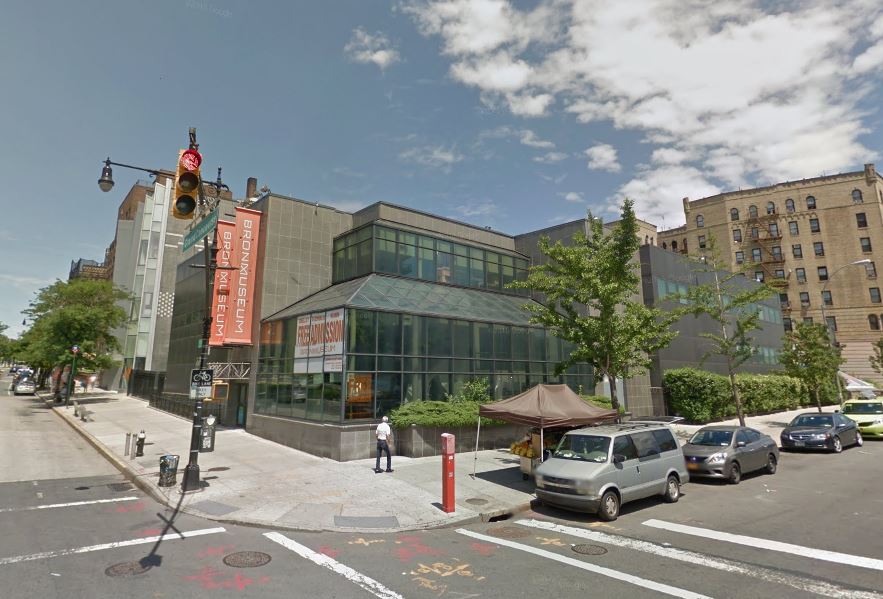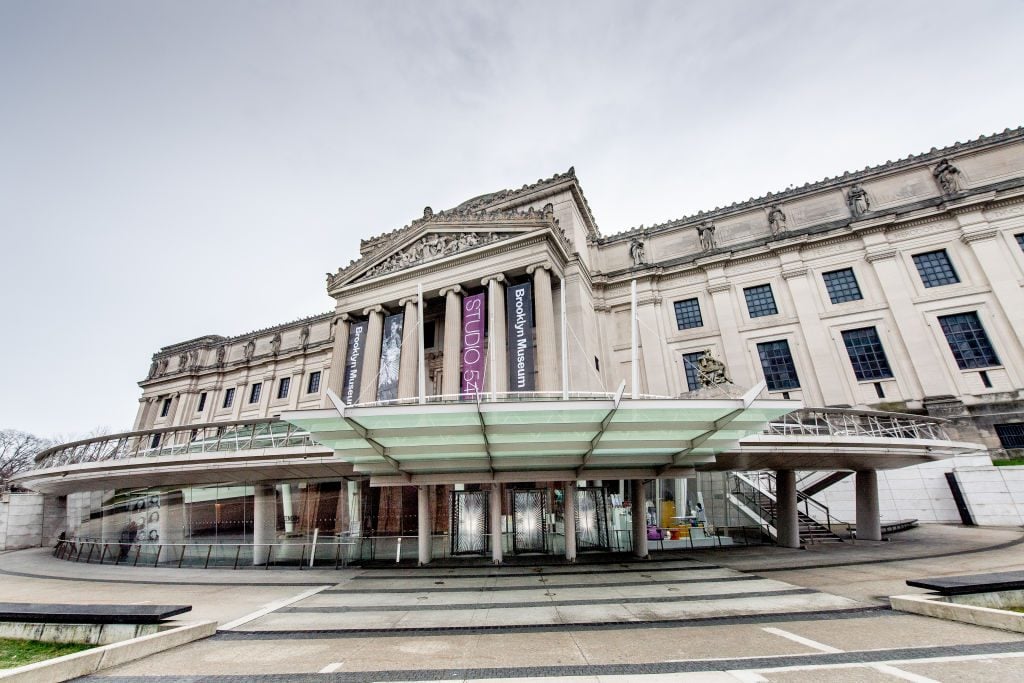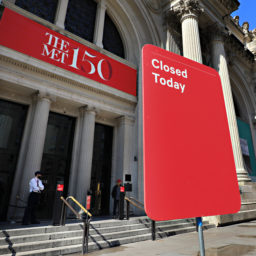New York City’s nonprofit arts sector has lost more than half a billion dollars since March, a new study estimates.
Commissioned by the city’s Department of Cultural Affairs and executed by Southern Methodist University’s (SMU) DataArts arm, with information collected by Americans for the Arts, the study finds that the financial impact of the COVID-19 pandemic for arts organizations totals $500 million. That figure includes both revenue losses and unanticipated expenses.
Across the board, the data is bleak. More than 25 percent of the 810 surveyed organizations reduced their workforce. According to the report: “This corresponds to 15,149 people being laid off or furloughed at these organizations due to COVID-19, or 21 percent of the staff and artist workforce.”
Between March and February of next year, cultural organizations in the city will face a financial deficit of 26 percent on average, SMU suggests. Eleven percent of them don’t expect to survive.

The Metropolitan Museum of Art in April 2020. Photo: Christina Horsten/picture alliance via Getty Images.
Nearly 1,300 New York nonprofits that received funding from the city’s cultural affairs department were asked to respond to Americans for the Arts’s nationwide survey of the economic impact of the pandemic on the arts sector. The data collected from the 810 organizations that responded was sent to SMU, where it was analyzed.
Museums and other visual arts venues, which represent roughly one-sixth of the surveyed organizations, “were in the middle range” in terms of how badly hit they were by the economic fallout, says Daniel Fonner, who helped lead the report.
Museums, on the whole, are best equipped to cover their losses. On average, these institutions have five months worth of working capital to rely on and they have also faced the least number of unplanned expenses.
But Fonner says these numbers are slightly misleading.
New York’s museums tend to be much larger than most of the organizations surveyed. For smaller organizations, the stakes are significantly higher.
“One of the main things that came from this was the findings around small and community-based organizations,” he says.

The Bronx Museum of the Arts.
On average, venues with budgets averaging under $250,000 lost 20 to 30 percent of their annual revenue, while larger organizations lost 15 percent.
The stratification is greater still when it comes to unexpected expenses. On average, smaller organizations were hit with new expenditures totaling 20 percent of their annual costs; for larger organizations, it was only two percent.
“I don’t know if I expected anything different,” Fonner says. “What was difficult about this project, in a way, is that a lot of it is just bad news.”
“While many of these findings may not come as a surprise, there is enormous value in putting forward a collective voice, and putting real numbers behind the damage that we’ve witnessed over the last several months,” New York City cultural affairs commissioner Gonzalo Casals said in an email sent to cultural organizations.
The goal, he said, was to help “make the case to all funders just how devastating this crisis has been.”
“As I’ve said before, we’re here to support you, but we can’t do it alone,” he added. “Federal, state, and private funders are going to be critical partners in helping organizations survive the crisis.”
Follow Artnet News on Facebook:
Want to stay ahead of the art world? Subscribe to our newsletter to get the breaking news, eye-opening interviews, and incisive critical takes that drive the conversation forward.










